
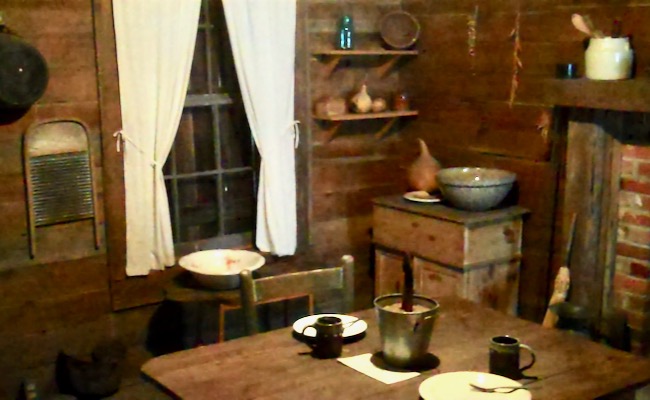
The Carolinas have more than a few places of singular beauty. But they have only one soul. The soul of the Carolinas is a place where we speak of all the history and cultures that have moved across the community. It’s a place where these cultures trade and mingle, where they acknowledge their past, and where they share their stories and knit their hopes for the future.
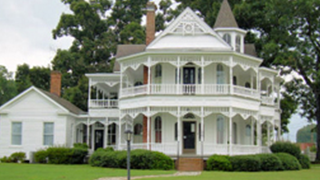
Part of the North Carolina Rural Heritage Center, the John Blue House is a magnificent example of Steamboat Gothic architecture.
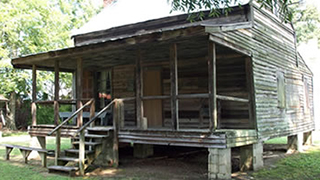
Heritage Village is comprised of a series of structures, each were first built elsewhere and moved to the grounds for presentation.

The museum showcases the unique history of farming and industry with displays of machinery and early farm implements.
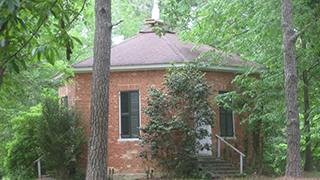
Richmond Temperance and Literary Society was founded in 1853 with the purpose of elevating the moral and cultural life of the area.
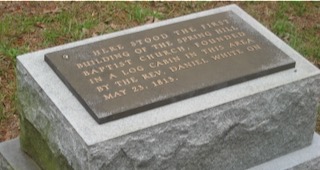
While no longer standing, the Spring Hill Baptist Church and Academy once shared property with the Richmond Temperance Hall.
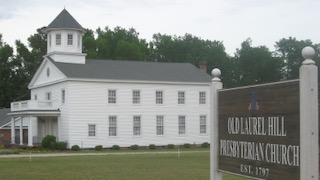
Dating back to 1797, no other historic site reflects the culture of our community more than the Laurel Hill Presbyterian Church.
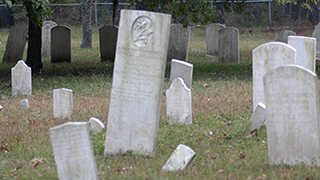
Founded in 1785 this cemetery is one of the few burial grounds that honors blacks, whites, and native Americans alike.
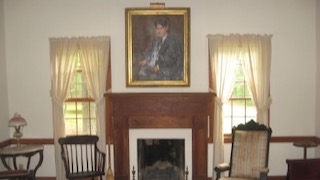
A Scotland County native and grandson of Scottish immigrants, the poet who was awarded North Carolina’s highest literary award, the Patterson Cup.
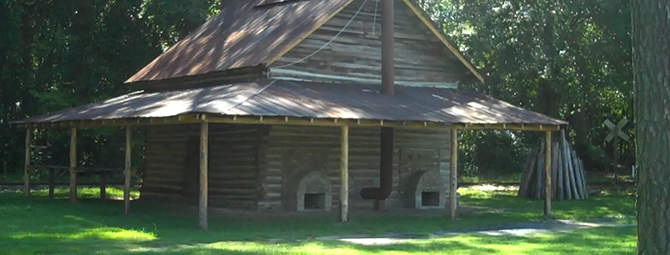
Measuring 23 feet by 23 feet, the barn is larger than most tobacco barns. Based on the materials used in the construction of the barn, “forensic architects” believe it to be at least 100 years old. The barn, which was donated to the commission by a family in Robeson County, was disassembled from top to bottom before being relocated to the Heritage Village grounds where it was completely restored. The barn is reportedly only one of four left in the state open for public view.